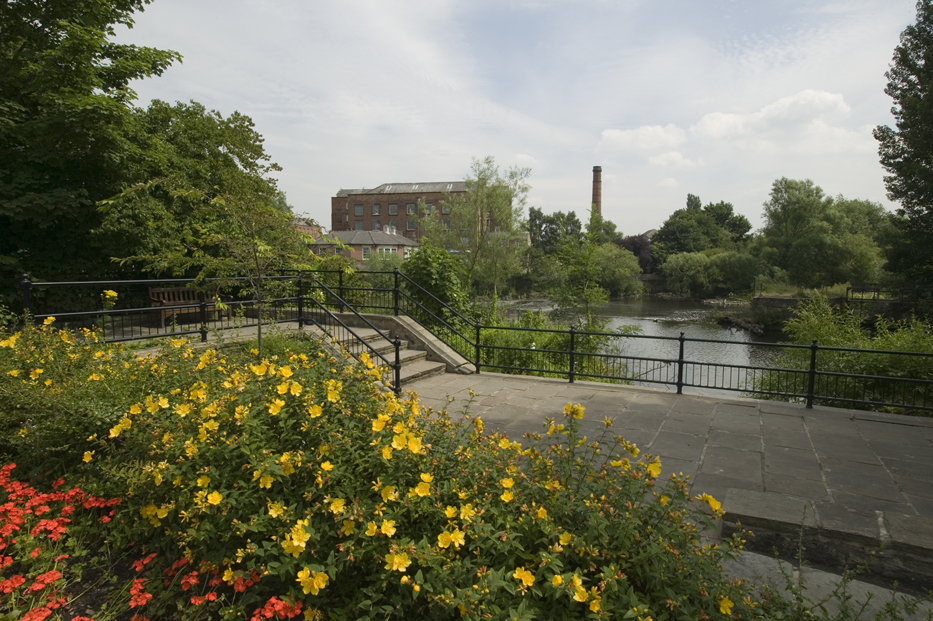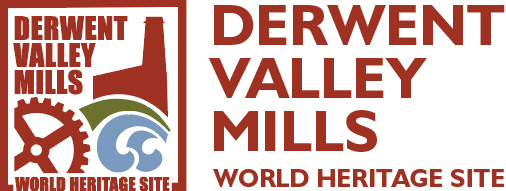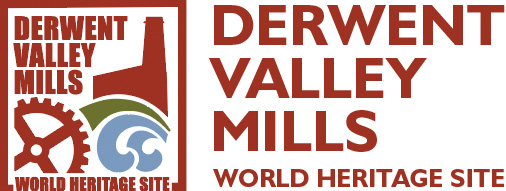Key Figures – The Evans Dynasty

Key Figures – The Evans Dynasty
Of the Derwent Valley factory masters considered here, none entered cotton spinning from a position of greater wealth than Thomas Evans, 1723-1814. He and his brothers Edmund, 1712-91, and George, 1726-1808, grew up in a Bonsall family heavily involved in the lead industry, a foundation on which Thomas and George were to build. Thomas, when he married Sarah Evans (no relation) in 1751, daughter of William Evans, Alderman and later Mayor of Derby, was already in business in Derby as an ironmonger. Subsequently his other interests included lead smelting and merchanting at Bonsall and Wirksworth with his brother George, copper smelting at Borrowash with his father-in-law and Walter Mather, and an iron works in Derby. He became an influential banker with a counting house in St Mary’s Gate, Derby. The Evans bank, later Crompton and Evans, eventually became part of the Westminster, now NatWest Group. Other business interests included cheese factoring. Much of Thomas’s wealth was invested in land in Derbyshire and Staffordshire; but he continued to live in Derby, eschewing the country house he could so well have afforded. In 1779 Thomas Evans and his business partner Walter Mather acted for the creditors in the spectacular bankruptcy of the Derby bankers, John and Christopher Heath who left debts of over £90,000. In this transaction Evans and Mather disposed of the Heath property at Darley Abbey including the Abbey House and park, property adjoining Thomas’s own land. It was not until 1835 that William and Samuel Evans were able to purchase it from the Holdens and add it to the Evans estate. Thomas died in 1814 at the advanced age of 91 with an estate valued at over £229,000. It was Thomas’s son William who played a major part in developing the family’s cotton mill interests in Darley Abbey. William established his home here, living at Darley House. He also forged an important dynastic link with the Strutt family when, in 1785 he married Jedediah’s daughter Elizabeth, 1758-1836. It was Elizabeth, as a widow in 1796, who was anxious to engage the poet Samuel Taylor Coleridge as tutor to her children, a position he was ready to accept. But opposition from the Evans family led to the abandonment of this plan. Two years later, in 1798, Elizabeth married her late husband’s half brother Walter Evans, 1764- 1839. It was during Walter’s period in charge of the Darley Abbey enterprise that the massive expansion of the mills between 1818 and 1821 took, place bringing with it a substantial increase in the size of the community. In 1818 Walter financed and endowed St Matthew’s Church and subsequently the school. Walter’s sister Barbara had, in 1793, married William Strutt, Jedediah’s eldest son, thus forming a double alliance between the Evans and the Strutts. In 1839 when Walter died his interests in Darley Abbey were mainly inherited by his two nephews William and Samuel, whom he had earlier brought into the business. Samuel, who lived in Darley Hall, took over the running of both the paper and the cotton mill businesses. William, increasingly led the life of a landed gentleman, moving to nearby Allestree Hall. When Samuel died in 1874 responsibility for running the business fell on the shoulders of his eldest son Walter, 1826- 1903. Towards the end of his life Walter, while he retained ownership, passed on the day-to-day management to others, and ultimately to John Peacock who, on Walter’s death in 1903, purchased the mills.
Walter Evans widow, Ada, continued to live in Darley Abbey and retained ownership of the estate. She died in 1929 and two years later the estate was sold. Substantial parts of it were purchased by Derby Borough Council who in 1962 demolished the Hall.

